
About This Quiz
Help us prove that American car logos likely are more recognizable than the brand names themselves. On this automotive mission, we reveal a crop of new and old logos from American car manufacturers so that you can choose the correct brand names to match. Some auto companies and their logos are now defunct, but don't fret: We provide detailed historical information to help you to make the best choices possible.
As you endure our American auto challenge, you're sure to learn to appreciate the supreme importance of car logos. Perhaps there is no American car logo more recognizable than that of the Ford Motor Company. During the Great Recession, Ford used its logo, known industry-wide as the blue oval, as collateral for a $23 billion loan. Between 2006 and 2008, the money allowed Henry Ford's brainchild to survive a series of bankruptcies and bailouts that totaled $30 billion. Mega car companies, such as Chrysler and General Motors, didn't fare as well during that time. Perhaps the logos of these companies didn't garner the same level of financial clout as Ford's blue oval? And to think, Henry Ford II had once contemplated changing the multi-billion dollar logo in the '60s, but he ultimately decided against the change.
Zoom through more fascinating facts concerning American car logos of the past and present!

In 2018, Ford Motor Company purchased a 105-year-old train station to signal the company's return to Detroit, where Henry Ford first established the company in 1903. The purchase of Michigan Central Station is valued at $90 million, and renovation costs are expected to reach $350 million.

William Durant, who mastered horse-drawn motors before building automobiles, established General Motors Company on September 16, 1908. The new company retained Buick Motor Company before acquiring a slew of other auto brands, including Cadillac and Oldsmobile.

Launched in 1917, The Lincoln Motor Company was named for U.S. President Abraham Lincoln. Ford Motors purchased Lincoln Motor Company in 1922 for $8 million, which roughly equals $120 million today.
Advertisement

Lee Iacocca purchased American Motors for $300 million in 1987; the acquired brand became the Eagle-Jeep division of Chrysler. Before experiencing financial woes, American Motors assembled unique-looking designs, such as the Pacer, the Gremlin and the Eagle.

Edsel Ford made the first Mercury car by modifying a Ford V-8 model to be a tad bigger. The new Mercury version was faster than a Ford model, as it could accelerate close to 100 miles per hour.

General Motors announced plans to create the Saturn company as early as November 1983. Saturn was officially established in January 1985, and the first Saturn car rolled off the assembly line in Spring Hill, Tennessee in July 1990.
Advertisement

John DeLorean's brainchild went bankrupt in 1982. Stephen Wynne started a new auto company called DeLorean Motor in 1995. Wynne, a mechanic, acquired the former DeLorean company's logo and car parts.

After a clash with investors, Henry Ford left the Henry Ford Company in March of 1902, and residual assets were used to form the Cadillac Automobile Company in August of the same year. The Cadillac name was borrowed from a French explorer, and the logo is a derivative of the Cadillac family coat of arms.

Chrysler's Pacifica minivan launched the segment in the auto industry. Founded in 1925, Chrysler merged with Fiat to become Fiat Chrysler Automobiles in 2014; Chrysler is the North American branch of the enterprise.
Advertisement

In 1911, Louis Chevrolet and William Durant founded Chevrolet Motor Company, but the two automobile aficionados shared differences. Chevrolet ultimately chose to sell shares to Durant, who was able to keep the company's original name.

Carroll Shelby has no stake in Shelby SuperCars. Jarod Shelby founded the company in 1998. The manufacturer named its Tuatara model after the Maori word "Tuathara," which means "crests on the back." The car's V-8 engine has 1,750 horsepower capacity.

Named for Henry Ford's son, the Edsel was considered an odd-looking auto with a horse collar on its grille. Although Ford Motor Co. set a sales goal for the car at 200,000 units on January 15, 1957, the 1958 model year vehicle only sold 64,000 in its first year.
Advertisement

Frederick and August Duesenberg engineered the first vehicle in the world to sport four-wheel hydraulic brakes. The Duesenberg was also the first automobile built in the United States to win the Grand Prix, in 1921.

High-society socialites owned Baker Electric cars during the company's heyday. At one point, the autos were outfitted with alkaline batteries engineered by Thomas Edison, who also owned a Baker Electric vehicle.

Walter P. Chrysler established DeSoto on August 4, 1928 and named the company for the 16th-century Spanish conquistador Hernando De Soto. For many years, taxi automobiles in just about every major U.S. city were DeSoto cars.
Advertisement

The company's Mustangs are named after Steve Saleen, former race car driver and the company's founder. Saleen partnered with Ford Motor Company, who in 1984 gave Saleen the green light to craft and sell special-edition Saleen Mustangs.

Before Chrysler Corporation started experiencing trouble in the 1960s, its subsidiary brand Plymouth ranked among the greats of the car industry. Founded in 1928, Plymouth held the number three position in 1932 as far as sales, behind Chevrolet and Ford.

Oldsmobile was launched in 1897 in Lansing, Michigan. Roughly 2,800 U.S. dealers sold Oldsmobiles at the time that General Motors retired the brand. Oldsmobile was the first American carmaker to celebrate 100 years in business.
Advertisement

Kaiser Motors first formed as Kaiser-Frazer Corp. soon after the Second World War. The company manufactured vehicles until 1955. In addition to their most famous production vehicle, the Willys Jeep, the company produced Dragon, Henry J and Manhattan models.

When Geo was dissolved in 1997, Chevrolet carried the Prizm, Metro and Tracker - Geo's former models. Geo automobiles were instrumental in sustaining the Chevrolet division during a slow economy.
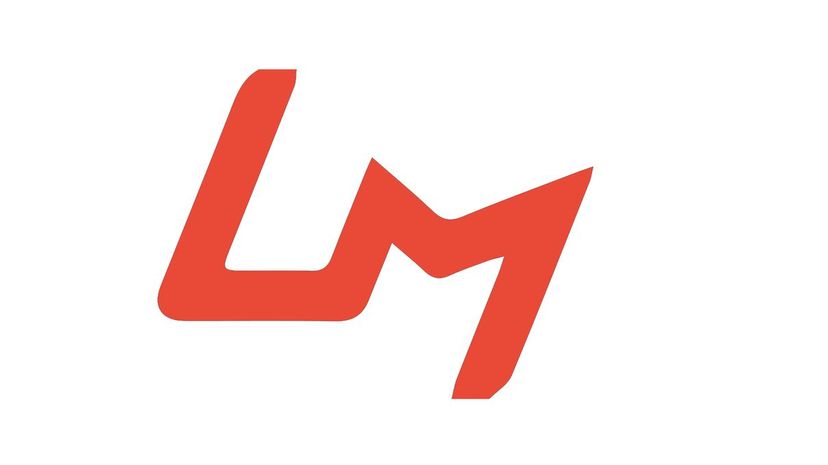
Local Motors Company debuted its manufacturing process for 3D-printing automobiles at the North American International Auto Show in 2015. To generate a "3D-Printed Car Structure," the company uses a thermoplastic-reinforced carbon fiber material supplied by the petrochemical manufacturer SABIC.
Advertisement

John and Horace Dodge founded the company in 1914, and Chrysler acquired it in 1928. Known for producing high-performance vehicles, Dodge introduced the 2019 Challenger SRT Hellcat Redeye equipped with a 797-horsepower high-output engine that propels the muscle machine from zero to 60 in 3.4 seconds.

Most successful during the 1920s, Essex was an active line from 1918 to 1932. Hudson Motor Car Co., the predecessor of American Motors, established Essex as an entry to the low-priced vehicle sector.

In 1908, a Locomobile outpaced European competitors to win the Vanderbilt Cup trophy at the Long Island, New York race. Wannamaker, Carnegie and Vanderbilt are just a few high-profile names of early Locomobile owners.
Advertisement
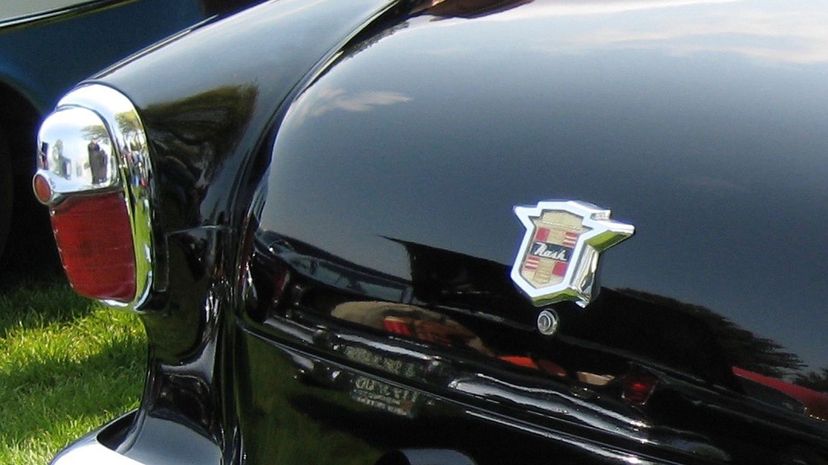
Nash Motor Company founder Charles Nash became an orphan at six years old. A court sent him to work for room and board at a Michigan farm. He later worked as a cushion-stuffer for Flint Road Cart Company and became acquainted with the company's co-owner, William Durant, who founded General Motors.

Hudson Motor Car Company launched the Hudson in 1909. After the company joined Nash-Kelvinator to form American Motors Corporation, the Hudson car, which had been famed for stylishness and great performance, were nicknamed "Hashes," or "gaudy Nashes."

Lafayette Motors handled Oldsmobile, Willys-Knight and Overland cars. The Marquis de La Fayette, after whom the company was named, was a political prisoner held in France during the country's revolution.
Advertisement

Roughly 2,500 units of Inter-State Automobile Company's metal-bodied cars were made in 1909, and they sold for $1750. Durant Motor Co. acquired Inter-State after production ceased in 1920.
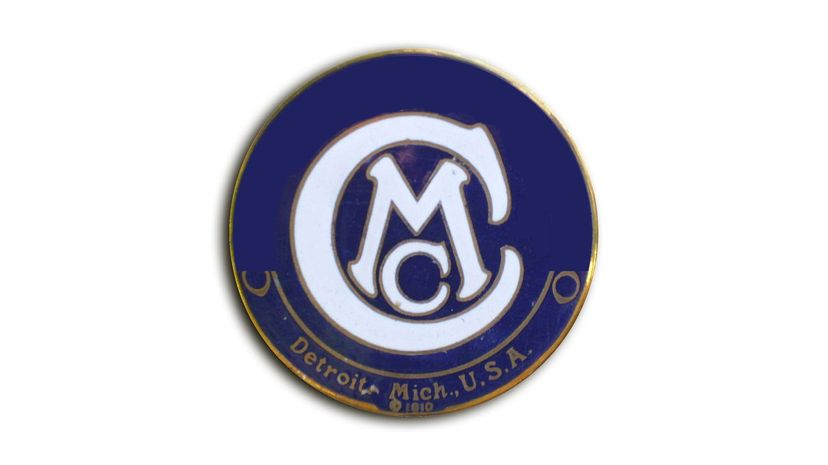
Maxwell Motor Corp. started as Maxwell-Briscoe Motor Co., which was founded by Jonathan Maxwell and Benjamin Briscoe in 1904 and would set in motion the start of Chrysler Corp. Maxwell took over Chalmers after Briscoe departed the company in 1912.
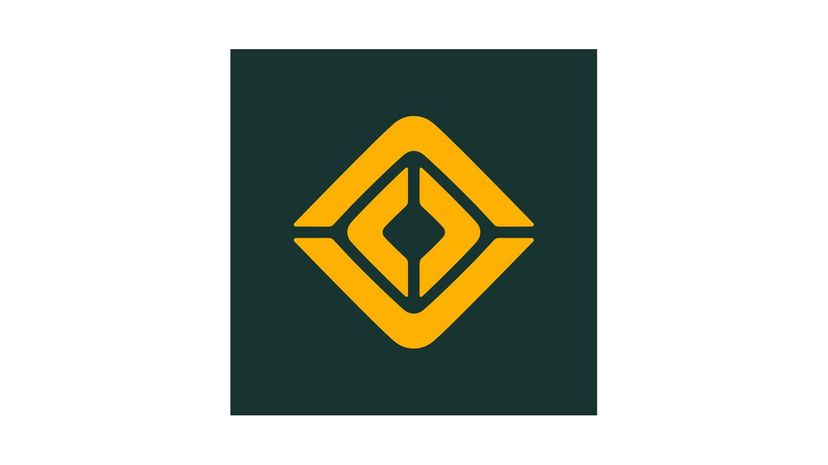
Rivian set out to be the Tesla of trucks. The company unveiled prototypes of its electric SUVs and pickup trucks at the Los Angeles Auto Show in November 2018 to rave reviews. Rivian's R1T pickup truck model is engineered to accelerate from zero to 60 miles per hour in 3 seconds.
Advertisement

In 1920, automobile great William "Billy" Crapo lost his stake in General Motors, a company he created. Crapo then launched Durant Motors Inc., which went bankrupt after the company lost $40 million during the Great Depression.
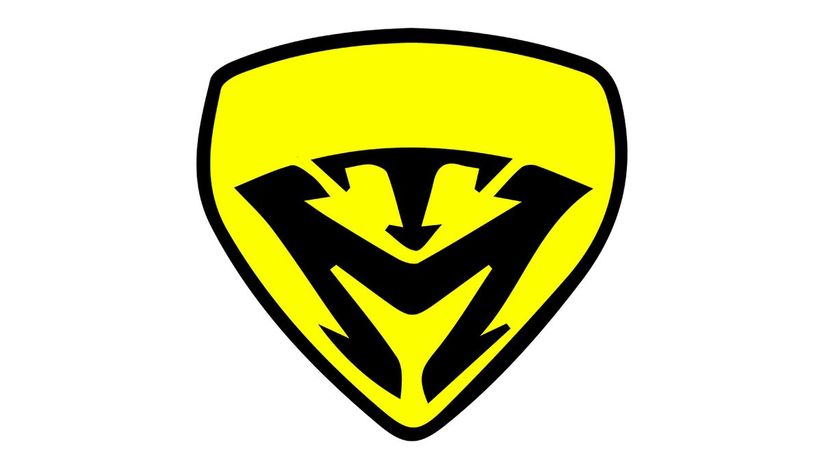
Founder of Mosler Automotive, car maker Warren Mosler is also an economist and politician. Mosler has promoted a populist-centered philosophy that includes, among other economic strategies, a full payroll tax holiday so that workers would be able to purchase the goods they make.

Marmon first began as a flour-milling machinery company under the Nordyke and Marmon brand, formed in 1851 in Richmond, Indiana. Howard Marmon earned a mechanical engineering degree from the University of California, Berkeley and redirected the Marmon family's business focus to auto manufacturing.
Advertisement

American electric vehicle maker Aptera Motors, Inc. constructs its automobiles using structural composites technology.
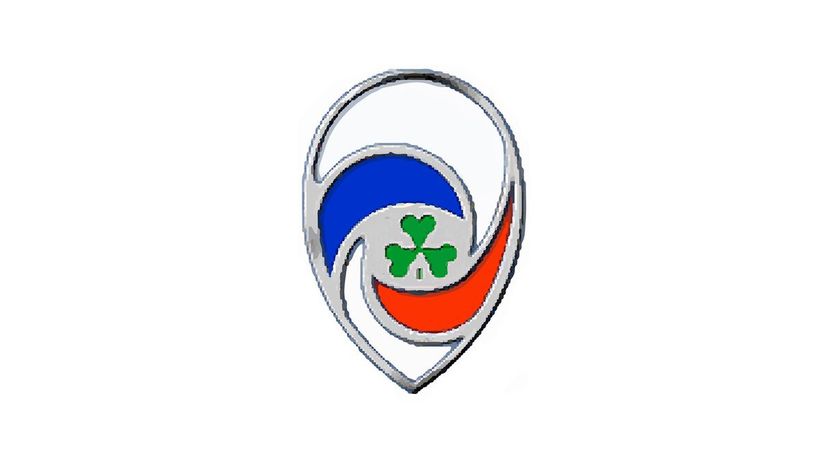
Danny Panoz established Panoz Auto Development in 1989. Then in 1996, his father Donald founded Panoz Motor Sports Technologies to engineer race cars. Panoz Auto Development showcased its first hand-built prototype in 1990 and sold its first car in 1992.

Maxwell-Briscoe Motor Co. produced the Maxwell vehicle from 1904 to 1913 in Tarrytown, New Jersey and New Castle, Indiana. After the company moved to Detroit, Chrysler purchased the former Maxwell factory in New Castle.
Advertisement

Owned by Errett Lobban Cord and established in 1900, Auburn Automobile Co. manufactured the Cord vehicle from 1929 to 1937. The company launched Cord Corp. in 1929. In the early 1920s, Errett Lobban Cord earned a fortune selling Moon vehicles in Chicago, Illinois.

At CES International, Faraday had intended for its FF 91 model to drive itself onto the Las Vegas stage utilizing robot technology. Instead, human handlers had to push the car manually.

Harry A. Lozier, also known as HAL, established Lozier Motor Company, which manufactured luxury cars from 1900 to 1916. American Bicycle Co. eventually took over the Toledo, Ohio factory that housed the Lozier Bicycle Co., HAL's first venture.
Advertisement

Fisker Automative, Inc. debuted the Fisker Karma at the North American International Auto Show (NAIAS) in Detroit on February 11, 2008. The four-door auto machine was priced at $80,000 and classified as a plug-in hybrid.